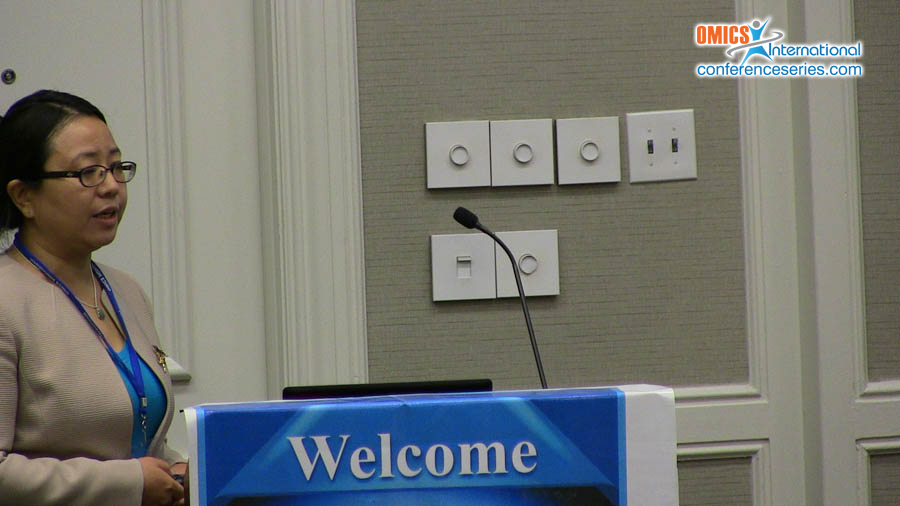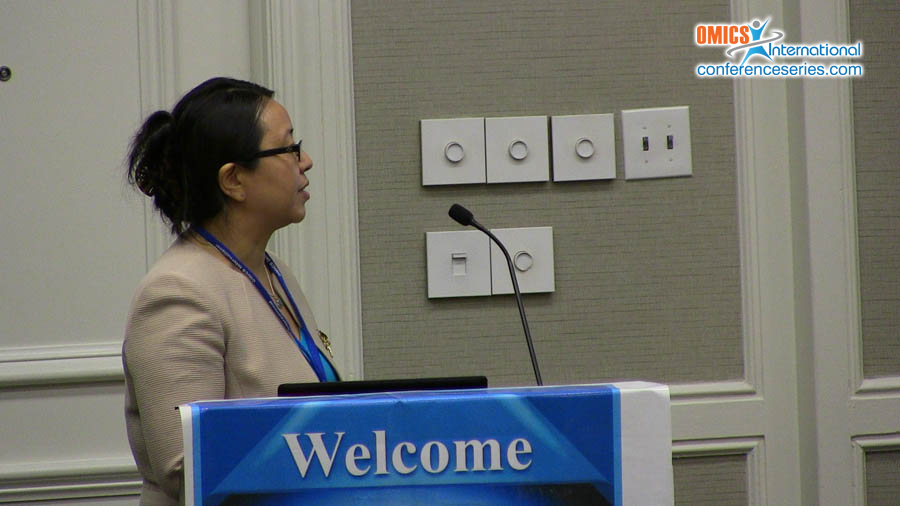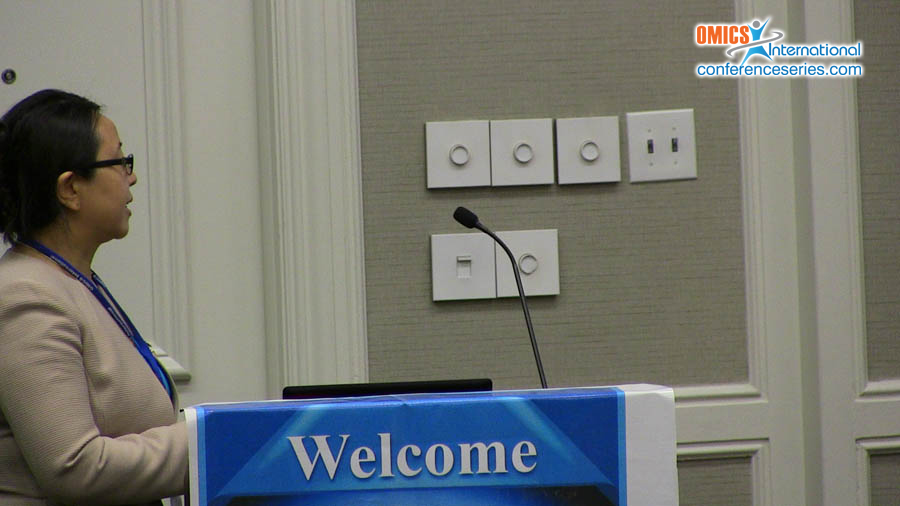
Peizhen Janet Song
QNS Consulting, USA
Title: Effects of bile acid sequestration on bile acid profile and bile acid signaling in mice
Biography
Biography: Peizhen Janet Song
Abstract
Recently, the discovery of bile acid sequestrant (BAS) as a novel anti-diabetes medication places renewed emphasis on the need for more research on the mechanism by which BASs play their pharmacological roles. BASs are non-absorbable resins and function by contraction of the bile acid (BA) pool in the body. Herein, we hypothesize that BASs exert their pharmacological function by altering serum BA composition and BA signaling in the body. Mice were fed 2% Cholestyramine (resin) in their diets for one week. The individual BA concentration and mRNAs of genes involved in BA signaling were quantified. As expected, the resin reduced total BA concentration in the liver 80%. But surprisingly, the resin increased the concentrations of CA and T-CA in the serum, causing a slightly increased total BA concentration in the serum. The mRNA of the BA-biosynthesis enzymes, Cyp7a1 and Cyp8b1, increased 180 and 100% respectively after resin feeding. However, the FXR-target gene SHP in the liver was not decreased. In contrast, the ileum Fgf15 mRNA expression was significantly decreased. Feeding the resin did not alter the BA uptake transporters on the sinusoidal membrane nor did it altered the efflux transporters on the canalicular membrane, whereas, the efflux transporters on the sinusoidal membrane of hepatocytes, Mrp 3 and 4, were increased by the resin 22 and 150% respectively. In ileum, feeding the resin increased the uptake transporter, Asbt, 66%. Collectively, the data suggest that increased expression of Cyp7a1 and Cyp8b1 in mouse liver by resin administered through the diet appears to be due to a decrease in the ileum Fgf15 signaling, rather than a decrease in hepatic FXR signaling. In addition, the increased concentration of CA in the serum may play a role in the hypoglycemic effects of the resin.





